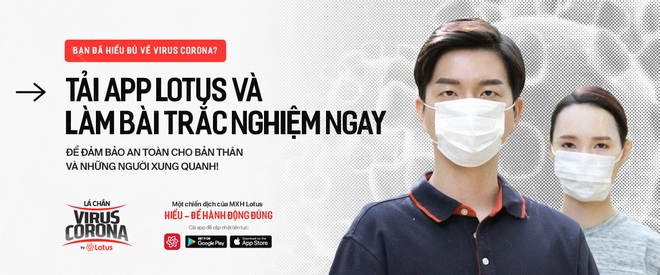How is China trying to eliminate “wet markets” to minimize disease?
- Tram Ho
China continues to take drastic steps in its efforts to prevent the Covid-19 disease caused by the new strain of corona virus SARS-CoV-2. The Central Television reported that the National People’s Standing Committee (National Assembly of China) issued an official and complete ban on wildlife trade and consumption.
According to the People’s Daily, the prohibited wildlife will include the animals regulated in the Wildlife Protection Law and other laws, which will now expand to all wildlife. Shallow, including captive wildlife.
The report said the ban will take effect immediately from February 24. The forecast said it would affect a market worth 520 billion yuan ($ 74 billion) of which more than 14 million workers.
In addition to farming for its skin and fur for industrial use, wildlife has been publicly consumed as food in many markets in China. The markets themselves are also a big problem.
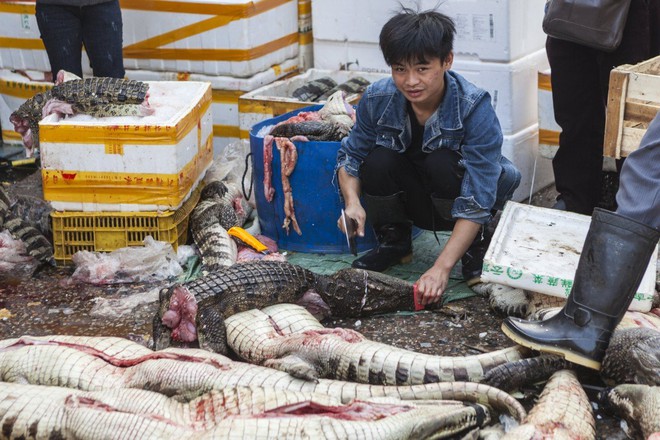
The World Health Organization (WHO) says more than 75% of past diseases have originated in animals. Although there is controversy over its origins, research shows that the Covid-19 epidemic is clearly linked to a seafood market in Wuhan. Twenty-seven of the first 41 infected patients were identified as visiting the market.
China had ordered the closure of its wet markets in 2003, after the outbreak of the SARS outbreak to move entirely to a supermarket model and food store like Western countries. Unfortunately, after 17 years, the effort has not been successfully implemented.
Clearly, closing markets is an extremely difficult problem to solve in China, because markets have long become a deeply rooted trade model in the economy, agricultural production and distribution policy. arable land of this country.
In this context, the ban on trade and consumption of wildlife is considered by experts to be a more reasonable but equally drastic solution and requires a great sacrifice.
Too busy, from the SARS epidemic in 2003, to the bird flu in 2013 and now to Covid-19, China will surely have to devise measures to root out wet markets across the land. our country – cradles, time bombs for disease outbreaks.
” Wet markets “
When the Covid-19 epidemic broke out in Hubei province, China in December last year – it did not have an official name and was just called a ” strange pneumonia” – epidemiologists quickly narrowed down. The scope is to determine the source of the viral strain.
Survey results of the first 41 patients in Wuhan City showed that 27 of them went to the same place before the symptoms started. It is a fresh seafood market called Huan Nam.
Huan Nam Seafood Market is described as an area with more than 1,000 stalls. In addition to seafood, it also sells chickens, squirrels, rabbits, wildlife and slaughter animals.
When looking at such a market, the epidemic experts see it as a giant reservoir of viruses, zoonoses that infect animals . In a small space, with the density of animals and humans, the virus will find its way to the body, evolution and infection.
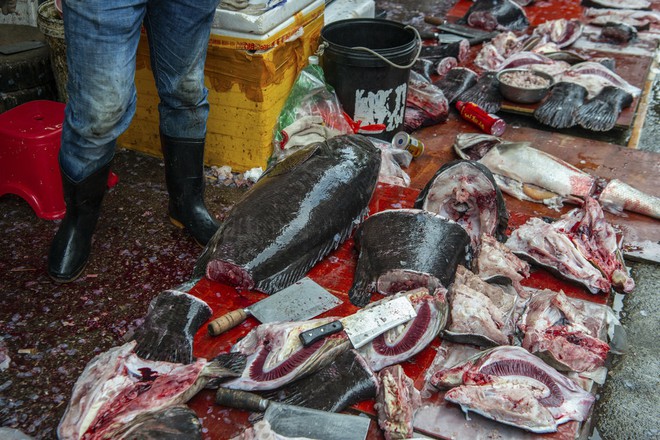
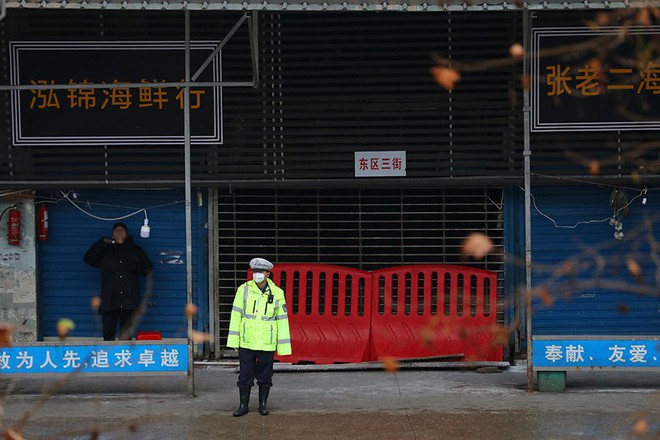
Deviation virus infection occurs at very very low frequency. But once it did, it sparked disasters. Health experts say zoonoses in animals can be as high as 1.67 million. Currently we only classify around 600 species of them.
In the past, more than 75% of emerging human illnesses originated in animals. And just in the last century, at least 10 infectious diseases have been transmitted from animals to humans. Most of the world’s pandemics, from HIV, bird flu, swine flu, to SARS, Ebola and Zika, are among them.
Chinese markets were the cradle for the SARS virus to jump from bats, to civets, to humans in 2002. It was also the site of the 2013 bird flu outbreak. And maybe, the seafood market Huan Nam was also a tipping point, or at least diffusing the scale of Covid-19.
The repetitive model has brought Western media a long attention to these markets. They gave them an unrefined common nickname: “wet market “, meaning ” wet markets “.
Originally, the phrase was used in Hong Kong and Singapore to distinguish markets that sell fresh produce and dried food and packaged foods.
However, the popularity of exotic and chaotic markets in China – which sells both live and slaughter animals, both farm animals and wildlife – has finally cultivated an obsession. into the eyes of Westerners.
In a culture where only frozen meat is available at the supermarket, they are surprised by what is happening here, with the fresh meat being consumed. Chinese people like to eat ” warm meat “, as they call it, and it is best for animal meat to be slaughtered on the spot.
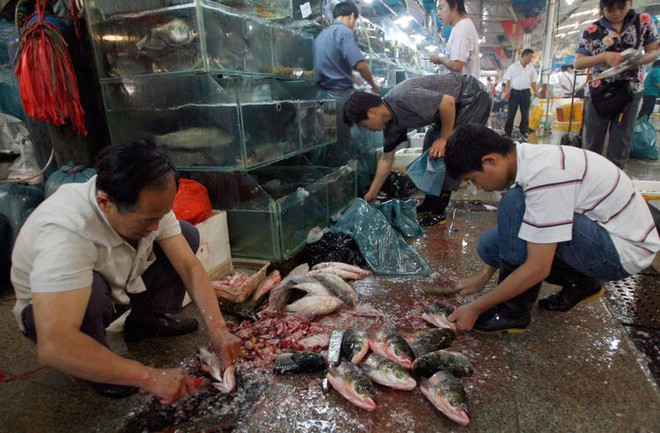
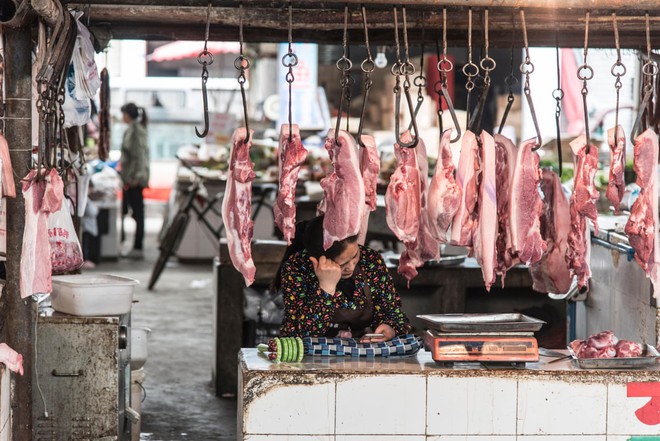
When Jason Beaubien, a reporter for NPR, visited Hong Kong, he could imagine a market like Huan Nam if it was still open. In Hong Kong, there is a market called Tai Po, a simulation version of what is called the wet market in China.
” Everything here is soaking wet ,” Beaubien said. He saw fish swimming in an open tank. They carry the cost of freshness, and once flipping their tails, the water splashing all over the floor becomes an even more excellent form of advertising for the deliciousness of the fish.
If a customer chooses a fish like that, the stall owner will take it out of the water tank, smash his head and fill it right on the counter. The face of the table is always blood red and sometimes even the intestines, liver, organs of the fish.
In another corner of the seafood stall, live turtles and crustaceans are climbing each other in an desperate attempt to get out of the box. The ice that melts to the floor adds to its inherent slime.
“The market in Hong Kong is cleaner than bored, ” a woman named Wong, owner of a shellfish stall, told Beaubien. ” This is not like mainland China .”
Indeed, fresh produce in the Tai Po market only focuses on seafood, besides a number of livestock and poultry species. In China, wet markets can offer a wider variety of items. They have wildlife, wild animals and birds, cobras, pangolins, Himalayan civets and panda dogs.

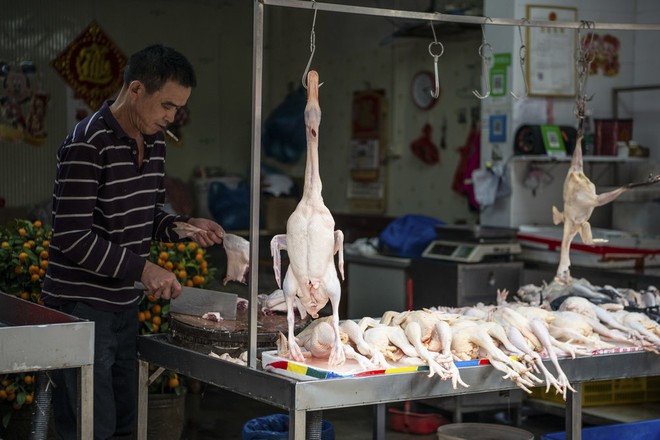
In Tai Po, you cannot find a forest bird. The only birds appearing here are chickens. Chicken stands were concentrated behind the slaughter area. Behind the counter, Beaubien meets Chan Shu Chung, a man who has been selling chicken at Tai Po market for 10 years.
Just like at a fish stall, Chung allows his customers to choose a chicken to live in his cage. When the guest was finished, he reached into the cage, grabbed its legs and pulled it back up, so that the visitor could see the full breasts of the item.
If the guest likes and chooses, Chung will give them a plastic card with the number. He took another card with the same number and tied it to the chicken’s leg. 15 minutes is enough time to make it. Customers can continue shopping, and when they bring the plastic card back, the ” warm meat ” pieces of the chicken have been folded, ready to pack for them to take home.
Cannot be closed
Since its intention to transform itself into a world power, China has always faced a major challenge: How to feed its 1.4 billion people? Their agricultural system is constantly struggling to find a way to answer that question.
Around the middle of the 20th century, large swaths of land that had been confiscated from feudal landlords were broken down and redistributed to each farmer household. Then in 1953, China recovered everything and gathered it into giant agricultural cooperatives.
Until the cooperative model revealed its shortcomings and failed, in 1978 the land use rights were again divided among each citizen. And since then, China’s food system has been dependent on a network of small farming and farming households.

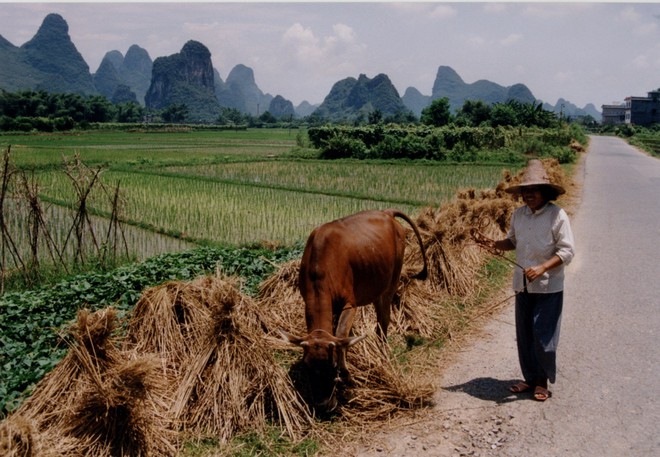
Although the land policy continued to be reformed in the 1990s, allowing Chinese farmers to agree to merger plots themselves – in the form of lease or sale of land use rights – the process of transferring changing from small-scale agricultural production model to a large-scale agriculture like the West is still unfavorable.
“The Chinese government has been working for a long time to achieve the goal of modernizing agriculture, including the establishment of large-scale farms in recent years ,” said Darin Friedrichs, a leader in agriculture. analyzed Asian commodity market at financial company INTL FCStone, Shanghai.
Since the SARS outbreak in a wet market in Guangzhou in 2002-2003, the Beijing government has been encouraging the building of food supply supermarkets to reduce dependence, and to eliminate wet market area .
The bird flu outbreak in 2013 has even caused China to resolve to completely shut down these unsanitary small markets. But because consumer habits and the needs of the people are not addressed, it is in the wet market areas that suffer This closure formed black markets despite the ban.
Scandals involving infant formula containing melamine, fake seaweed and deceptive shrimp have undermined efforts to modernize the food markets. Chinese consumers feel their faith in mass food production chains is compromised.
And so they went on to open wet markets to buy fresher, cheaper food, Si Zhenzhong, a food safety and security specialist in China at the University of Waterloo, Ontario, Canada said.
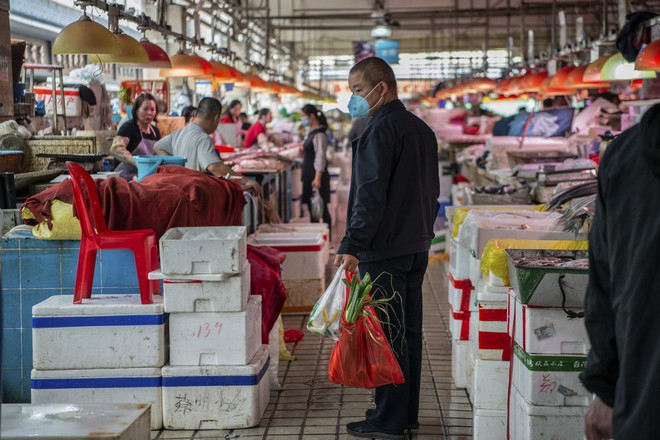
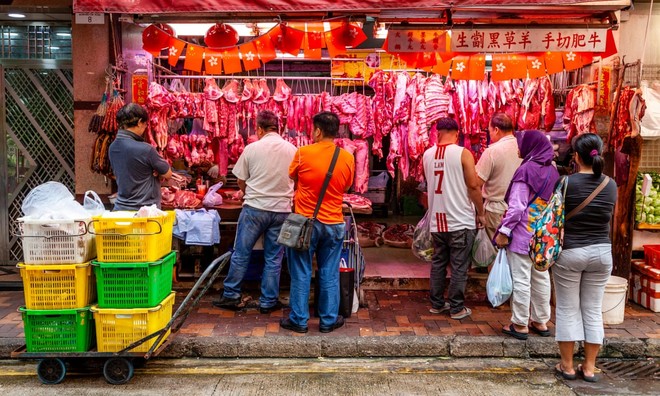
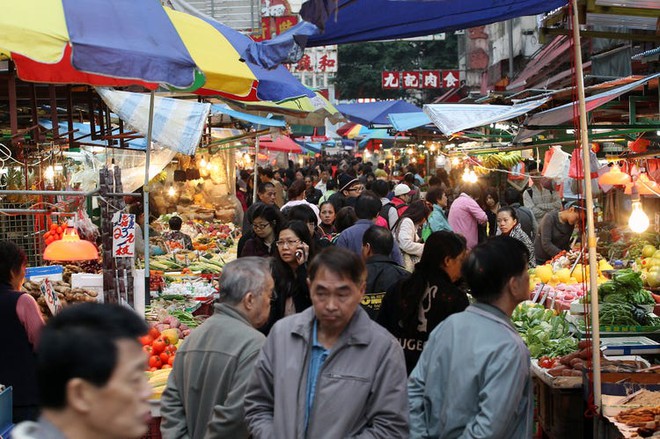
With an even greater risk of losing control over the disease, China was forced to reopen its wet markets, and could only strengthen measures to monitor its activities. These include control of animal manure, regular disinfection of the market and promotion of slaughtering.
Consumers are also propagated and educated about safety principles when entering wet markets. Disease control to detect new outbreaks arising from markets have been tightened.
But these measures still cause the number of wet markets to increase. The wet market continues to invade, not just rural areas but also into cities and megacities in China.
The process of modernizing and increasing the scale of agricultural production continues to allow many individual farmers to exist.
And for their items, they can only find opportunities in wet markets. Large supermarket chains or grocery chains are simply places where their goods are almost impossible to penetrate.
What solution for the present and the future?
Just one day after the outbreak was announced, the Wuhan city government closed the Huanan Seafood Market and carried out decontamination spraying of the entire area. However, other wet markets across the country continue to operate.
At the Tai Po market, the stall owner selling chicken named Chung said he was not afraid of the new corona virus. While Hong Kong was feverish in the thirst of masks, Chung did not wear any protective gear on his face, not even a cloth mask.
He said he had been vaccinated against the flu every year, and believed that the shots helped him to be immune to the SARS virus. Of course, scientific evidence for that doesn’t exist.
The past proves the fact that closing all wet markets in China is impossible. Wet markets are contributing 30-59% of the total food supply across China.
It is also the livelihood of tens of millions of small businesses and workers. Previous efforts to close wet markets in China, after the SARS epidemic in 2003 and bird flu in 2013, have all resulted in the same result.
It drives up prices, enabling black markets to form. And unregulated trade even creates better conditions for outbreaks.
* What new ways of life should people take in the Covid-19 epidemic, please refer here.
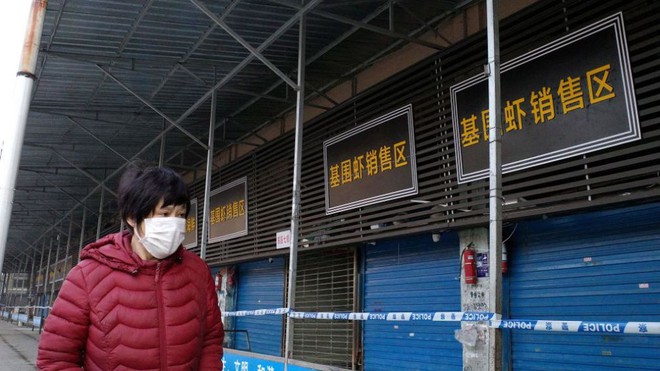
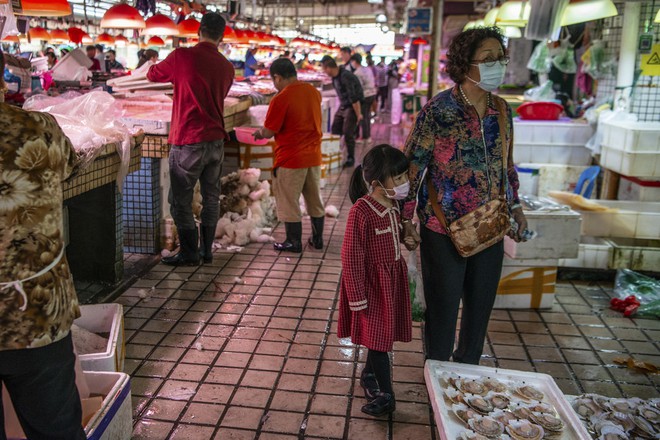
Christos Lynteris, an anthropologist at St Andrew University, said that instead of shutting down wet markets completely , China could tighten its trade in a particular item in order to be effective. : that is wild animals.
A new outbreak of corora virus is thought to originate from bats. But bats living in caves in the mountains can hardly fly to a market in the center of the city to infect the virus to humans. It needs an intermediary that carries pathogens, animals that inadvertently eat the bat’s faeces or saliva and then become human food.
In the past, civets were once mediators of SARS transmission. And now, doubts in the Covid-19 epidemic have been pushed to pangolins.
Pangolin is a species of scales and snout to eat ants. They usually live in Asia and Africa. In China, pangolin meat is extremely popular. It is a medicinal herb used in oriental medicine. Breastfeeding mothers often eat pangolin because they think it produces good milk flow. Elderly people or suffer from incurable diseases also think that pangolin is very good for themselves.
Pangolins are often sold publicly in wet markets in China, despite the fact that it is present in species banned from trade, according to CITES Convention on the Global Wildlife Trade.
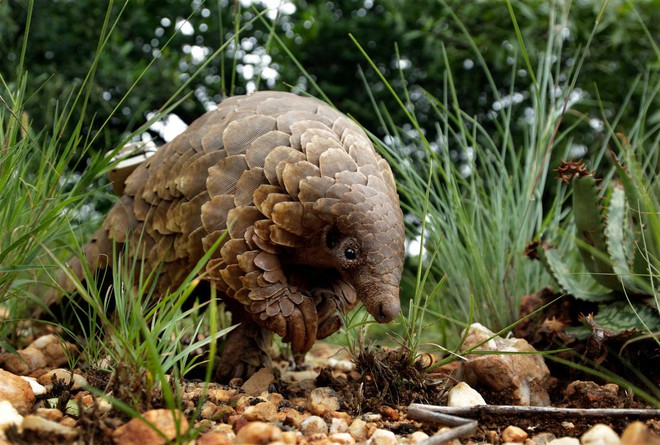
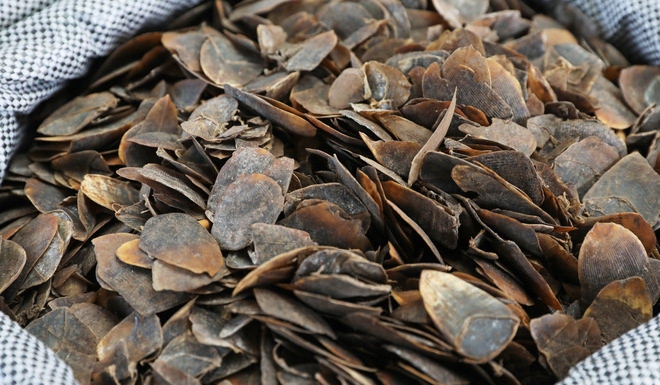
Estimates show that from 2000 to 2013, more than 1 million pangolins were sold in the illegal market. Statistics from the Wildlife Justice Commission, a non-governmental organization, show that from 2016 to 2019, China alone has captured about 206 tons of pangolin scales in 52 arrests of this trade.
To solve the problem, on January 22, the Chinese government issued a ban on wildlife trade nationwide. The move is said to be extremely powerful to prevent not only current disease, but also future diseases.
That means suppressing a market that could scale to tens of billions of dollars. China is also the largest consumer of wildlife in the world. A 2014 survey of five Chinese cities showed that 83% of respondents in Guangzhou ate wildlife at least once a year.
Traditional Chinese medicine, a health industry worth up to $ 60 billion, also relies in part on wildlife ingredients. For example, in 2016, Chinese pharmaceutical companies had to apply for permission to use up to 73,000 pangolins as medicine materials.
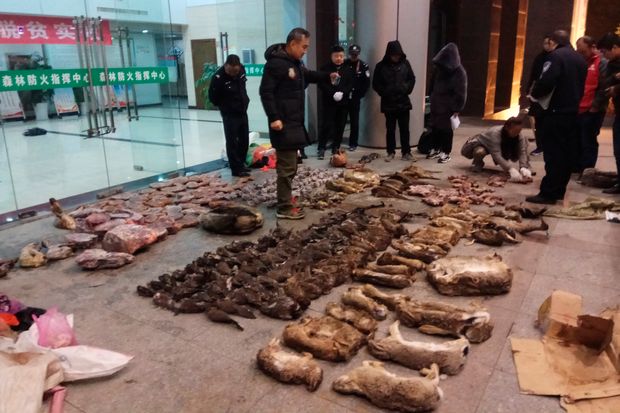
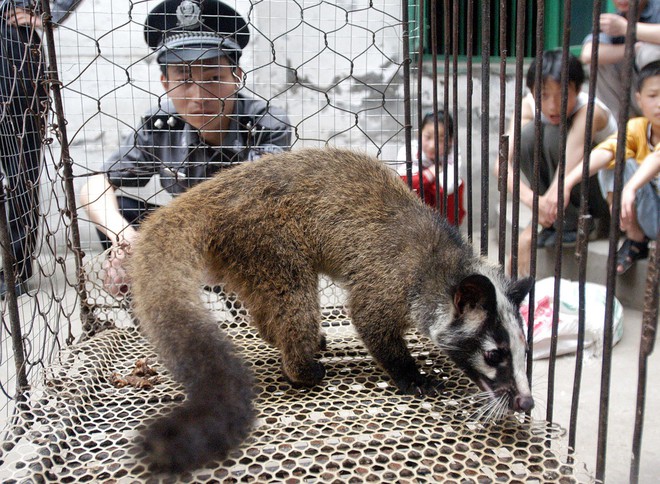
W. Ian Lipkin is a professor of epidemiology at Columbia University, USA. He was dubbed the “virus hunter” when he was always on the scene to study the evolution of the world’s disease.
In 2003, Lipkin traveled to China during the SARS pandemic to investigate its origin. And this year, he just took a week-long trip to Guangzhou, the second most affected province in the Covid-19 epidemic, just behind Hubei.
” I told anyone I met in China:” Look, gentlemen, I’ve told you this from 2003, 2004 and 2005, I say it over and over again. We don’t “It is possible for such wildlife markets to exist ,” Lipkin said in a telephone interview while on a 14-day quarantine because he returned to the US from the epidemic area.
But tackling the problem of wildlife trade must be done from the root. In fact, most of the wildlife sold in wet Chinese markets does not really live in the wild, but is kept and bred.
When China modernized its livestock chain, it adopted it with the first major poultry species such as chickens, pigs and cows. This puts individual farmers in a position that cannot be competitive.
And while struggling to find a new direction, they saw wildlife as a better commodity. On the one hand, it will dodge the wheel tracks of giants. Wildlife, on the other hand, has a higher price, which is considered a better poverty escape in rural China, such as Guizhou and Guangxi.
The good news is that community education practices are showing a positive effect. A 2014 survey found that 52.7% of people in China thought they should not consume wildlife. The figure increased from 42.7% in 2004.
At a meeting on February 3, Chinese President Xi Jinping directed increased market surveillance, resolutely banned and strongly suppressed the illegal wildlife trade.
Earlier this week, the Chinese National Assembly also updated wildlife laws and regulations in this direction. Accordingly, the supreme legislature issued a complete ban on the sale and consumption of this item.
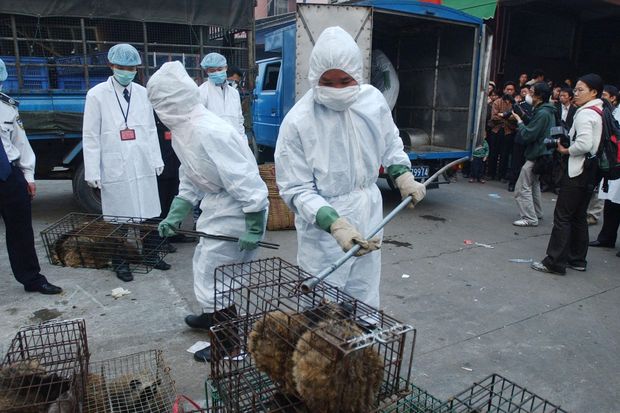
According to the People’s Daily, the rules that apply to both wildlife living in the wild have been protected by law before, and now extend to captive wildlife as well.
That means the size of the affected market is even greater. According to a report released by the Chinese government in 2017, China’s wildlife trade and consumption industry is valued at 520 billion yuan ($ 74 billion) and employs over 14 million. worker.
More than half of those – about 7.6 million – work in the fur and leather industry, worth about 390 billion yuan. About 6.2 million people work on livestock farms or process food animals.
According to experts, the new policy will cause some economic losses to a large number of Chinese people and businesses. Therefore, the government of this country should take measures to support them, such as helping farmers to change production models or provide financial support packages for affected businesses.
About 10 years ago, China successfully stopped the killing of sharks for fins (for soups), thanks to a community campaign involving celebrities.
This suggests that public awareness and awareness will continue to play an important role in curbing wildlife trade and reducing disease risks. This method can be extended to include consumer habits in wet markets.
In the long run, the wet market ‘s operating model should still be wiped out. China should step up public education on the health risks associated with these markets. As a younger generation here grows, the trend will surely change.
Finally, the above measures cannot reduce the risk of disease in an overnight manner and remove the detonators of wet market bombs immediately. But over time, it will help the lives of Chinese people, and other countries around the world, to be safer, limiting the risk of disease being raised, exploded or amplified within This wet market.
Refer to Theconversation , Fortune , Scmp , Telegraph, NPR
Source : Genk

